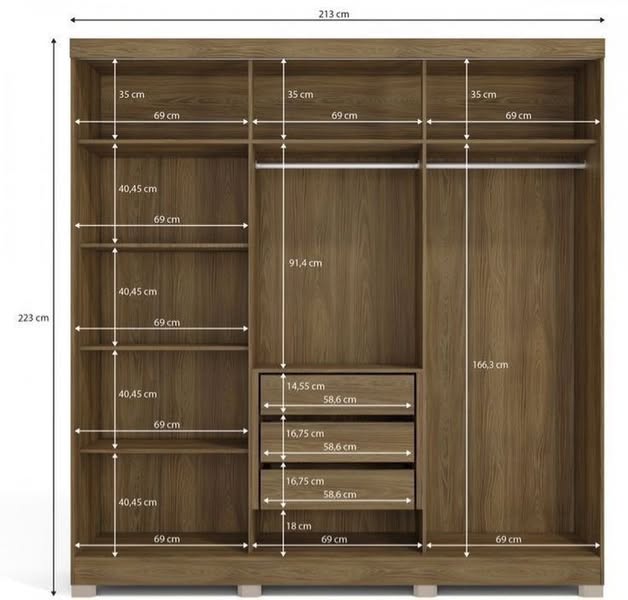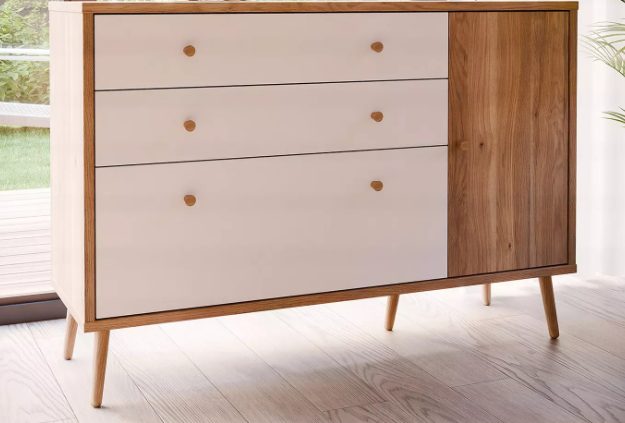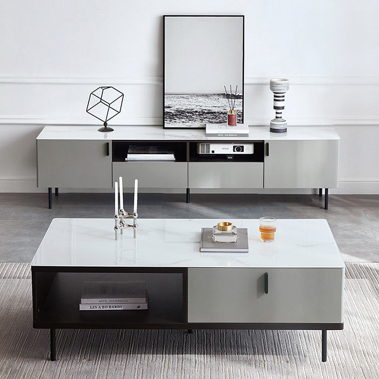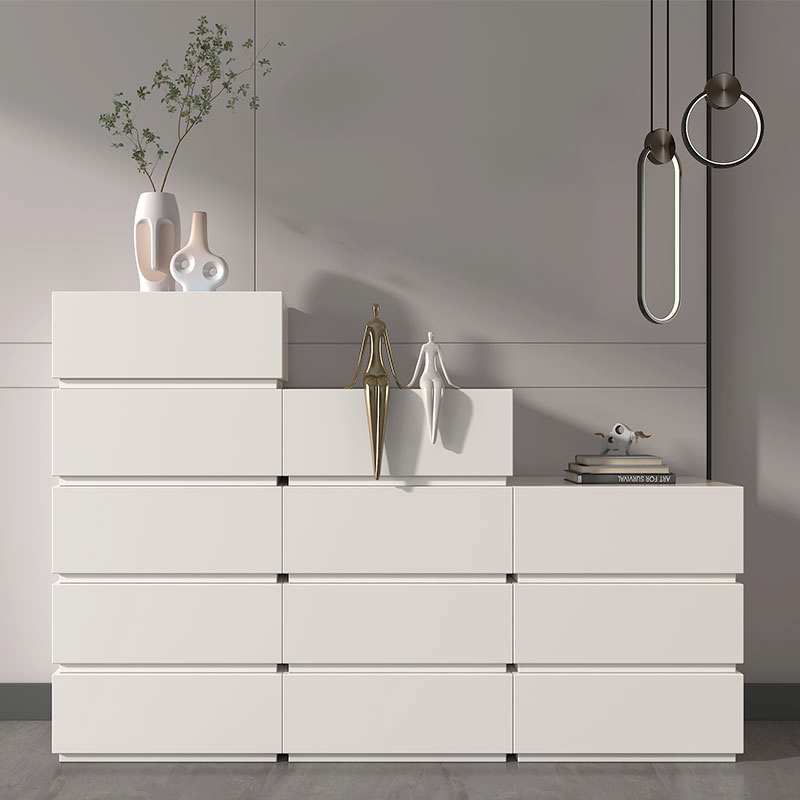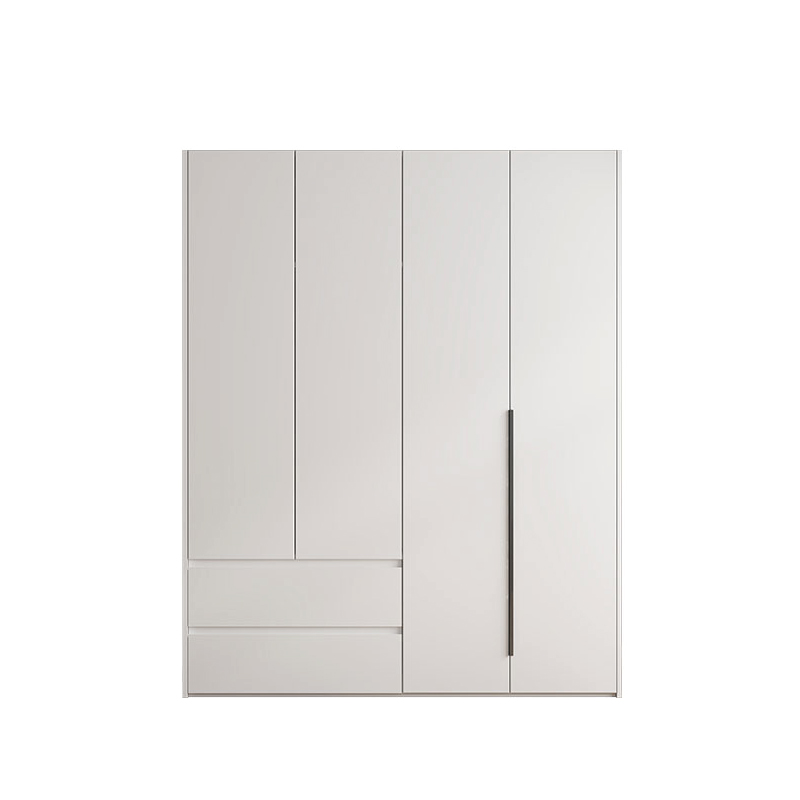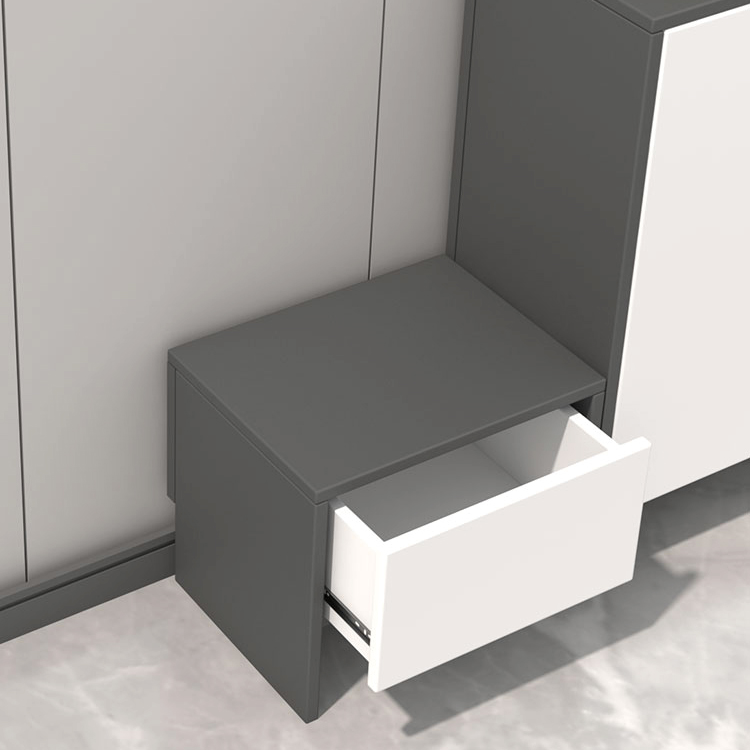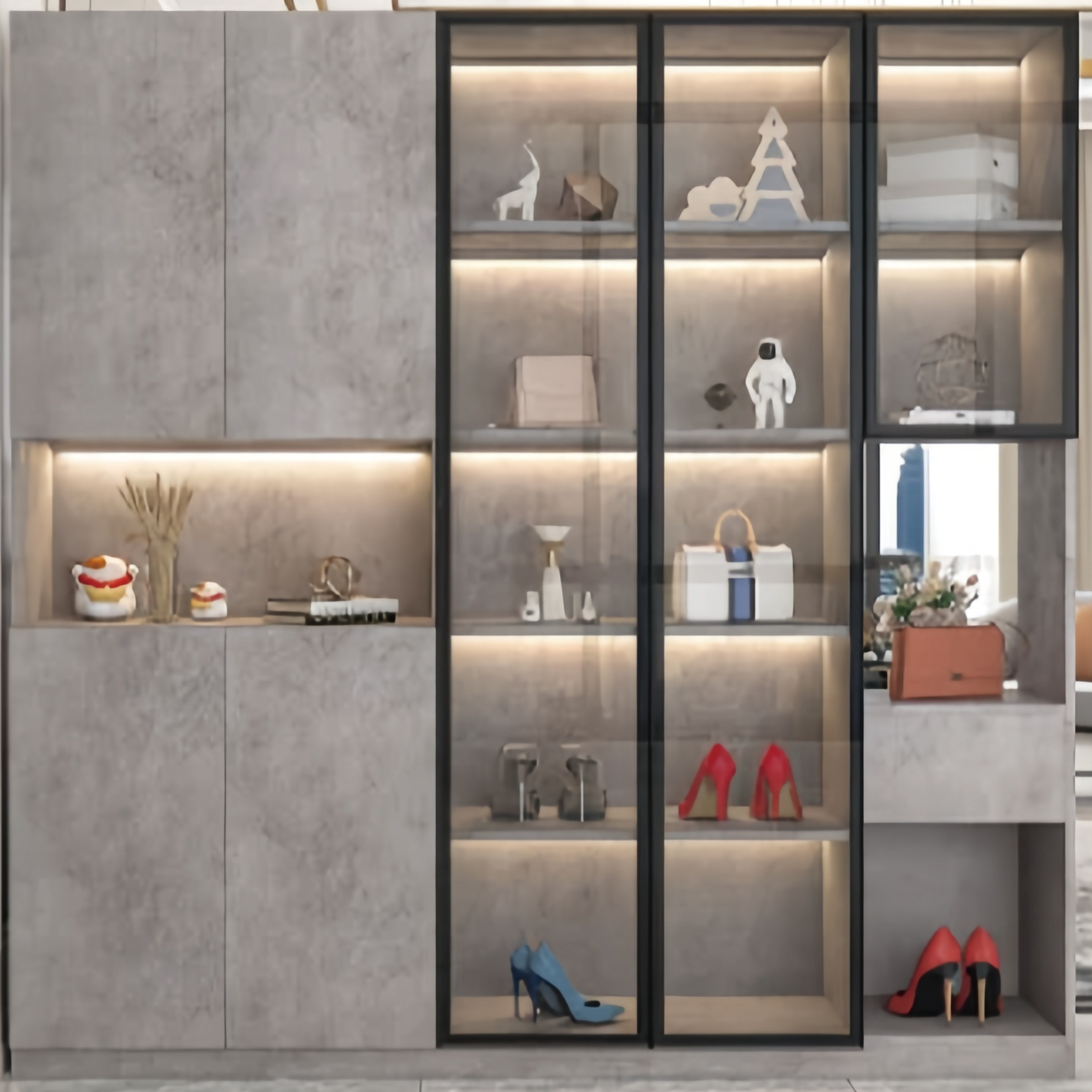Fancy Plywood, essentially plywood with a high-quality decorative layer ,such as natural wood veneer, bonded to its surface, is primarily positioned to "balance structural stability and decorativeness". It is particularly suitable for scenarios like furniture manufacturing and interior decoration. Its specific advantages can be elaborated from 5 dimensions:
| Advantage Category | Detailed Description | Value for Furniture Application |
|---|---|---|
| Exceptional Decorativeness | 1. Diverse optional surface textures: Covers authentic textures of natural wood (such as walnut, oak, maple, etc.), or customized textures like parquetry, dyed patterns, and brushed finishes; 2. Controllable colors: The color of the wood veneer/decorative layer can be adjusted according to design requirements to match different furniture styles (modern, retro, minimalist, etc.); 3. Premium texture: Natural wood veneer versions retain the warm tactile feel of wood, while engineered wood veneer versions offer more uniform texture consistency. | It can be directly used as the outer surface of furniture without additional painting or veneering, reducing subsequent processing costs while meeting consumers' demands for "wood grain texture" and "personalized color matching". |
| Stable and Durable Structure | 1. The base material is plywood (multiple layers of veneer cross-bonded), which naturally offsets the "thermal expansion and contraction" stress of wood, significantly reducing the risk of deformation and cracking; 2. The surface decorative layer undergoes wear-resistant and stain-resistant treatments (such as UV coating, melamine impregnation), providing better scratch resistance and water repellency than solid wood; 3. The overall board has high flatness and is free from defects like knots and wormholes in natural wood, eliminating the need for additional repairs during processing. | Suitable for manufacturing long-term use furniture (wardrobes, dining tables, bookcases). Especially in humid environments (e.g., the plum rain season in southern China) or areas with large temperature differences, it is easier to maintain and has a longer service life than solid wood furniture. |
| Outstanding Cost-Effectiveness | 1. Replacing solid wood with "thin veneer/decorative layer + ordinary base material" reduces costs to 1/3-1/2 of that of solid wood with the same texture, making it more affordable; 2. High material utilization: The decorative layer can be precisely cut, minimizing material waste and further reducing production costs, which is ultimately reflected in the end-market price. | Meets consumers' needs of "pursuing wood grain texture with limited budget" and helps furniture manufacturers control costs while balancing quality and cost-effectiveness. |
| Excellent Processability | 1. The board has good toughness and can undergo conventional furniture processing such as sawing, drilling, milling, and edge banding, adapting to complex furniture structures (e.g., curved cabinet doors, irregular table legs); 2. The surface decorative layer is tightly bonded to the base material, preventing issues like "delamination" and "edge chipping" during processing, thus reducing production losses. | Enables furniture manufacturers to design more diversified styles. Whether it is simple flat-panel cabinets or retro furniture with linear patterns, efficient processing can be achieved, improving production efficiency. |
| Controllable Environmental Friendliness | 1. Modern Fancy Plywood mostly uses E0/E1 grade environmentally friendly adhesives (such as urea-formaldehyde resin, soy protein adhesive), with formaldehyde emission meeting international environmental standards (e.g., EU E1 grade ≤ 0.124mg/m³); 2. Reduces logging of natural solid wood: Only a small amount of wood is used for the decorative layer, and fast-growing forest wood can be used as the base material, which is more in line with the concept of sustainable development. | Suitable for manufacturing indoor furniture (especially bedroom wardrobes and children's furniture), reducing the health impact of formaldehyde on the human body while meeting the market trend of "eco-friendly consumption". |




